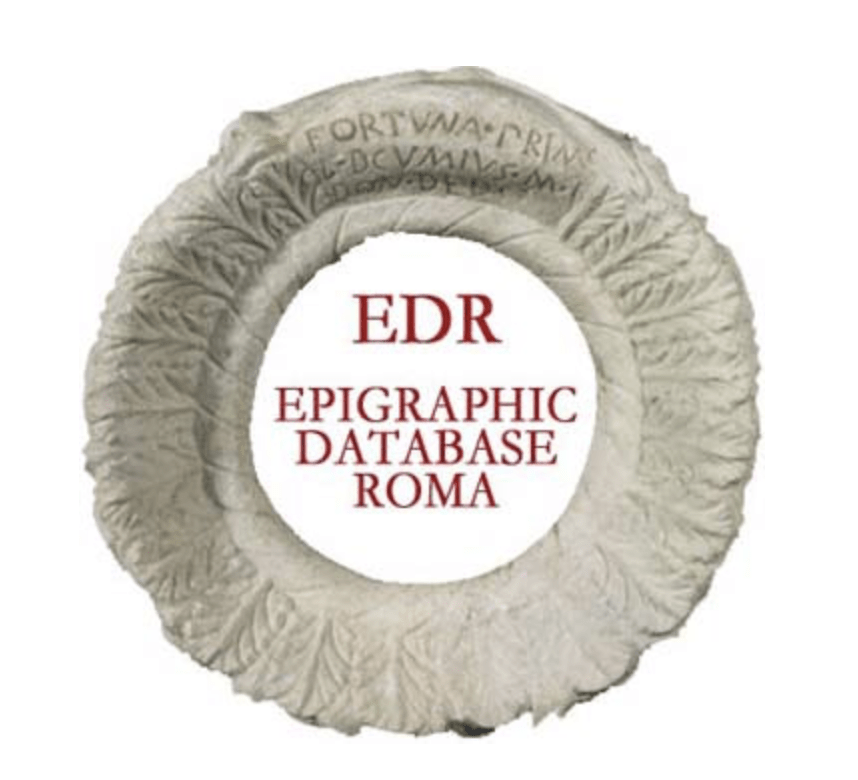Epigraphic Database Roma (EDR)
For Renaissance antiquarians, inscriptions attracted particular interest, as both artistic and historical objects. Antiquarians and artists collected inscriptions in notebooks, or ‘sylloges’. At first epigraphic texts were grouped together with personal letters, prayers or other short texts, but later the transcription of individual texts took on a more antiquarian character, with closer attention paid to the form of the inscriptions and to their appearance as objects. Inscriptions were therefore no longer valued solely for their textual content, but as an independent type of monument.
The project funded by the Deutschen Akademischen Austauschdienst (DAAD) that Dr. Antonella Ferraro carried out at the Census was focused on the methods antiquarians used to record epigraphic monuments, especially with regard to level of attention they paid to the visual appearance of inscriptions. In some cases, their drawings or transcriptions of inscriptions offer the only record of antique objects that have been destroyed or lost. Even when originals are preserved, however, comparison with written sources allows us to track changes in their condition, or to identify the personal interventions (perhaps with the intent of falsification) of early modern draftsmen or scribes.
The Census database currently records around 870 Latin inscriptions known from all over Italy, some of them on buildings, bases, or altars. These were documented in the humanist sylloges that formed the basis for this study.
In her four months working with the Census (1 February to 31 May, 2017), Antonella Ferraro checked all of the inscriptions in the Census database and inserted these into the Epigraphic Database Roma (EDR) when entries for were not already extant. The EDR database is part of the international network of epigraphic databases EAGLE (Electronic Archive of Greek and Latin Epigraphy). This network aims to record all Greek and Latin inscriptions from Rome, mainland Italy, Sicily and Sardinia dating before the 7th century CE, using the most reliable documentation. The results are directly and freely accessible online.
By analysing this data and comparing it with other case studies, it was possible to trace the modus operandi of the antiquarians and artists who first compiled the Latin inscriptions present in the Census, allowing for a better understanding of motives behind the decisions they made when recording them.
